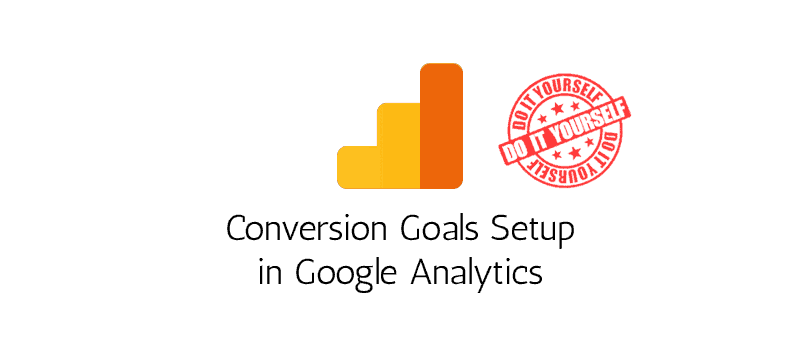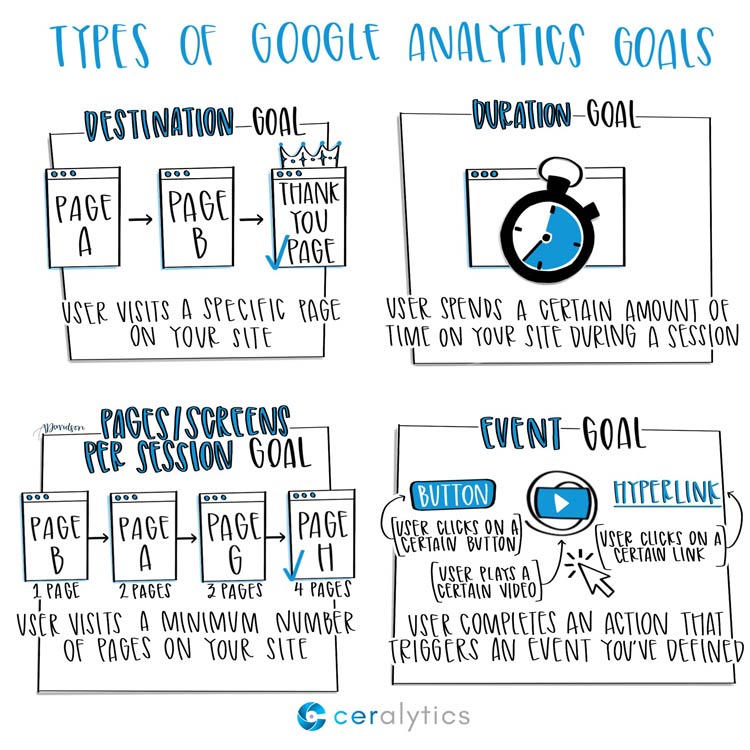Discover the Limitations of Google Analytics Goals: Unveiling the Information Types That Remain Untrackable
As companies significantly rely upon data-driven decision-making, understanding the constraints of tools like Google Analytics becomes extremely important. While Google Analytics Goals deal useful understandings into customer interactions, there exist information kinds that avoid tracking, positioning difficulties to a comprehensive understanding of customer habits. These untrackable information types elevate concerns concerning the accuracy and completeness of the analytics information that organizations heavily depend upon for their electronic techniques. Interested to reveal the concealed unseen areas in your information evaluation procedure?
Insufficient Customer Trip Tracking
Insufficient customer trip tracking within Google Analytics can impede the capacity to properly assess user behavior. When the user trip is not fully tracked, there are gaps in the information that avoid a thorough understanding of how individuals engage with a site. This absence of insight can cause missed out on possibilities for optimization and renovations to the customer experience.
One common issue with insufficient user trip monitoring is the lack of ability to see the complete course that individuals take previously completing a goal or leaving the website. Without this info, it is challenging to recognize where customers may be coming across challenges or friction points that stop them from transforming. Furthermore, insufficient tracking can obscure the influence of certain advertising efforts or website adjustments on individual habits.
To resolve this limitation, it is vital to establish up appropriate tracking systems within Google Analytics to catch the whole user journey. This may include establishing occasion monitoring, objective funnels, or utilizing tools like Google Tag Supervisor to make sure that no essential interactions go unrecorded. By gaining a thorough sight of the customer journey, site owners can make more enlightened choices to enhance individual engagement and drive conversions.
Acknowledgment Challenges
Browsing through attribution obstacles in Google Analytics needs an extensive understanding of just how various touchpoints contribute to the total conversion procedure. Attribution obstacles arise from the intricacy of modern customer trips, where customers interact with numerous networks before converting.
One usual acknowledgment obstacle is the trouble in attributing conversions to the correct source, specifically in instances where individuals communicate with several networks prior to converting. Furthermore, cross-device tracking positions another acknowledgment obstacle, as individuals usually change between devices throughout their trip, making it challenging to track their communications flawlessly.
Offline Conversions
Provided the obstacles linked with connecting conversions accurately in online networks, the dimension of offline conversions provides a significant possibility for marketing experts seeking a more detailed understanding of their customers' journey. Offline conversions refer to actions that consumers take in the physical world, such as making acquisitions in brick-and-mortar stores or over the phone, participating in occasions, or engaging with printed products - what data is google analytics goals unable to track. These conversions are vital for services that operate both online and offline, as they offer beneficial insights into the effectiveness of advertising and marketing projects across various touchpoints
Tracking offline conversions generally positioned a considerable obstacle for marketers, as it was challenging to link these activities official source back to details online interactions precisely. With improvements in innovation, such as the combination of CRM systems, special identifiers, and coupon codes, companies can now connect the gap in between online and offline data to acquire a more holistic view of customer actions. By effectively determining offline conversions, marketers can maximize their strategies, allot sources a lot more effectively, and inevitably improve the general customer experience.
Cross-Device Monitoring
Cross-device tracking plays an essential role in recognizing the interconnected nature of customers' electronic interactions throughout multiple tools. In today's omnichannel world, where users flawlessly change in between tablets, mobile phones, and desktops, tracking their behavior throughout these gadgets is important for online marketers to gain a detailed view of their customer trip.

Additionally, personal privacy issues and laws such as GDPR and CCPA have further complex cross-device monitoring. With individuals requiring more control over their data and boosted limitations on tracking innovations, marketers should try this site discover privacy-compliant and innovative ways to link user interactions throughout devices.
Dynamic Web Content Involvement
Understanding user engagement with dynamic material is critical in optimizing electronic marketing approaches for boosted target market communication. Dynamic web content refers to site elements that alter based upon customer actions, preferences, or other elements, using a personalized experience. Tracking user interactions with dynamic web content postures obstacles for typical analytics tools like Google Analytics.
While Google Analytics can track fundamental interactions like clicks and web page views, it may battle to capture even more nuanced engagements within vibrant web content. what data is google analytics goals unable to track. Metrics such as time invested in details dynamic components, hover actions, or communications within pop-ups are usually not easily quantifiable utilizing common monitoring approaches. This limitation prevents marketing professionals' capacity to completely grasp exactly how customers are engaging with vibrant web content and tailor their methods accordingly

Conclusion
Finally, Google Analytics objectives have constraints in tracking insufficient customer trips, connecting conversions properly, capturing offline conversions, tracking cross-device interactions, and determining vibrant material engagement. These restrictions highlight the value of discovering extra monitoring approaches and devices to gain a more detailed understanding of individual actions and conversions beyond what Google Analytics can give.
While Google Analytics Goals deal beneficial understandings right into user interactions, there exist information kinds that elude tracking, posturing challenges to a thorough understanding of individual behavior.Insufficient user trip tracking within Google Analytics can hinder the ability to accurately examine customer this article habits. When the customer trip is not fully tracked, there are spaces in the data that avoid a comprehensive understanding of how individuals engage with a web site.One usual issue with insufficient user trip tracking is the inability to see the full path that individuals take previously finishing an objective or leaving the site. By acquiring an extensive sight of the user trip, website owners can make more informed choices to boost customer involvement and drive conversions.